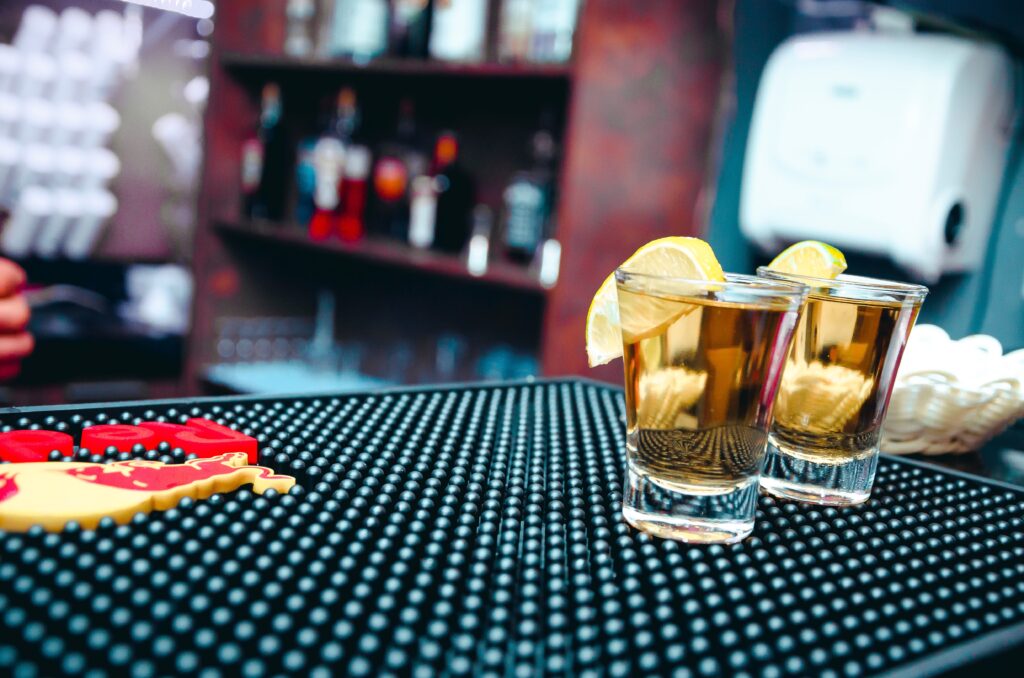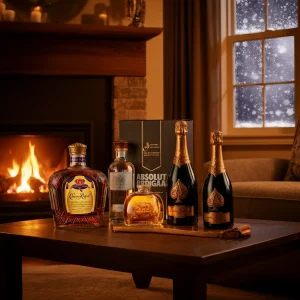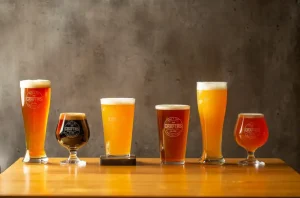Tequila is one of the world’s most popular spirits, but it’s also one of the most perplexing. While most people are aware that tequila is derived entirely from agave, few are aware that it can only be produced in certain areas of Mexico.
Tequila can only be made in Jalisco and a few surrounding municipalities in Guanajuato, Michoacán, Nayarit, and Tamaulipas, according to Mexican legislation. The five official categories of tequila are determined by the amount of time tequila spends maturing in barrels.
Blanco Tequila
Blanco tequila isn’t matured in an oak barrel. Blanco is the purest expression of the agave’s inherent flavors, free of the effect of wood, and reflects the terroir of the area where the blue agave plant was cultivated. Some distilleries choose to leave the tequila in steel tanks for less than two months to allow the flavors to stabilize a little before dispensing it into individual bottles. Even with this short delay, the majority of the fresh and spicy flavors are preserved.
Blanco category is typically spicier than its matured counterparts, with the essence of agave, citrus, black pepper, vegetal notes, and even some natural sweetness from the agave itself “assaulting” the palette. Blanco is wonderful in cocktails due to its intense flavor profile, which can stand up to any mixer. Blanco, on the other hand, can be a little strong for some palates.

Reposado Tequila
Distillers make Reposado by storing Blanco in oak barrels from two months to a year. Categorized between Blanco and Anejo on the aging range, Reposado must age in the barrel to develop a distinct flavor profile without losing the original notes.
The tequila darkens to a light gold color in the barrel as it absorbs tannins from the oak, resulting in the sweet notes of caramel. As the tequila ages, the natural citrus and spice qualities don’t fade, but they do tend to be completed, resulting in rich tones of chocolate, vanilla, and brown sugar.
Some distilleries use old barrels that once held bourbon, Cognac, or wine, which add even more flavors to the tequila’s maturation.
Anejo Tequila
Tequila becomes an Anejo when it is left in the barrel for longer than a Reposado. Anejo tequila is aged one to three years and gains even more depth from the wood, demonstrating that real distinction comes with age.
Because the barrel capacity for Anejo tequila is capped at 600 liters, each drop has more than enough time to contact the wood. The additional time enhances the colors and aromas of a Reposado, darkens the tequila even more, and gives it a richer flavor.
Earth, oak, vanilla, caramel, and cinnamon are all prominent characteristics in this tequila. Due to the extended maturing, Anejos are often more expensive than reposados, yet the two can be used interchangeably in most cocktails.

Extra Anejo Tequila
Extra Anejo tequila must be matured in oak barrels for at least three years. That’s nothing in the world of whisky, but for many tequila enthusiasts, it’s far too long.
Extra Anejo (XA), the fourth aging category (after Blanco, Reposado, and Anejo), is a relatively new category for an aged product. But it’s rising in popularity quickly: according to the Distilled Spirits Council, although tequila has grown at a nice rate of roughly 6% per year since 2002, the premium level categories have grown up to eight times faster.
While XA tequilas still have a modest market share, the comparatively high pricing of these extra-aged agave spirits, along with rising consumer interest, means we can now talk about them like Scotch or Cognac. And almost every tequila brand, from Patrón to Jose Cuervo, is on board with an extra Anejo.
Joven Tequila
Joven, which is created by adding sugar, colorings, extracts, or glycerin to imitate aged Reposados and Anejos, is often referred to as gold tequila. Because these tequilas aren’t created with 100 percent agave, the category as a whole tends to be less expensive than tequila that has been aged properly.
Joven tequila, on the other hand, is prepared by combining a majority of Blanco with a smaller percentage of aged tequila, without the added sugars and flavorings seen in Gold tequila. Joven is especially good in cocktails because it combines the vibrant citrus of Blanco with the dynamic taste of rested tequila.




